Synthetic Biology and Biotechnology Division
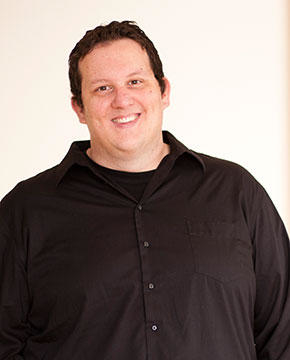
Mikael Elias, Assistant Professor
(612) 626-1915 | mhelias@umn.edu
Biological macromolecules comprise fantastic objects with nearly unlimited activities and potentialities. Their use in biotechnology has already changed several segments of industry including the detergents, paper industries, the food industry (e.g. sugar), and is expected to revolutionize the medical industry.
Our Lab aims to decipher the mechanisms by which those molecules evolve, to understand the molecular basis of their biological functions, and to develop new methods for their engineering, with the aim of developing soft, ecological solutions to existing or emerging society issues.

Michael Freeman, Assistant Professor
(612) 624-8575 | mffreema@umn.edu
Our work focuses on the discovery and heterologous expression of pathways and genes involved in the biosynthesis of metabolites from unique microbial sources.

Romas J. Kazlauskas, Professor, Director of Graduate Studies BMBB Graduate Program
(612) 624-5904 | rjk@umn.edu
Biocatalysis uses enzymes for unnatural purposes - synthesis of drugs, chemical intermediates & biofuels. Using enzymes creates more efficient syntheses that minimize pollution and avoid toxic and non-selective chemical reagents.

Claudia Schmidt-Dannert, Distinguished McKnight Professor, Associate Head of Research
(612) 625-5782 | schmi232@umn.edu
Microbes and plants synthesize a tremendous diversity of chemical compounds that is unmatched by synthetic methods. We are interested in exploring and utilizing the metabolic machineries of plants and microorganisms to enable the discovery and synthesis of valuable compounds in recombinant microbial hosts. We combine enzyme functions obtained from different sources into new metabolic reactions sequences for desired compounds.
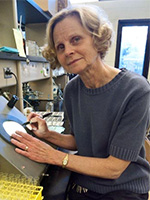
Janet Schottel, Professor
(612) 624-6275 | schot002@umn.edu
One of my primary research interests focuses on the regulation of gene expression in cells in response to stresses such as desiccation, nutrient deprivation, culture density, osmotic stress, heat shock, and mechanical stress. Our approaches include studying the regulation of transcription, mRNA degradation and protein synthesis in cells grown under a variety of culture conditions.
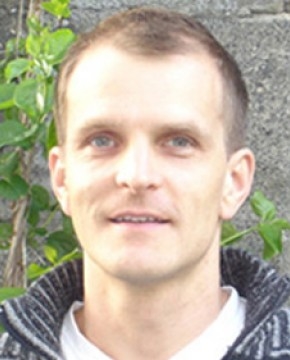
Burckhard Seelig, Associate Professor
(612) 626-6281| seelig@umn.edu
Our research focuses on implementing Darwinian evolution in a test tube to generate novel proteins with custom-made properties. We are interested in applying methods of in vitro selection and evolution to the generation of de novo enzymes as well as to tailoring existing enzymes to a wide variety of useful properties.

Michael Smanski, Assistant Professor
(612) 624-9752 | smanski@umn.edu
Current research topics: Natural products discovery in the post-genomics era; Precision engineering of diverse bacterial species
Lawrence P. Wackett, Distinguished McKnight University Professor
(612) 625-3785 | wacke003@umn.edu
The Wackett laboratory investigates enzyme transformations for biotechnological applications. The applications focus on biodegradation for environmental purposes and biocatalysis for producing specialty chemicals or detection kits.
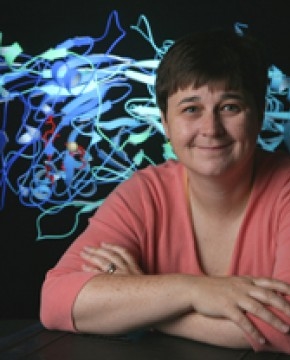
Carrie Wilmot, Professor, Associate Dean for Graduate Education
(612) 624-2406 | wilmo004@umn.edu
My primary interest is to understand the mechanisms of post-translational modification required for protein enzyme activity. Post-translational modifications of proteins, such as phosphorylation and glycosylation, are well known modulators of signaling pathways and molecular/cellular recognition.
Molecular Biology Division
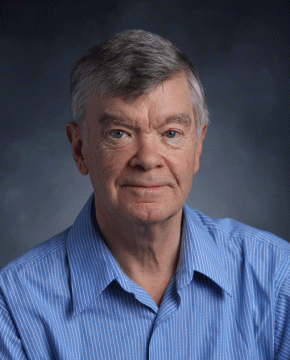
Kenneth W. Adolph, Associate Professor
(612) 625-8467 | adolp001@umn.edu
Research in my laboratory is concerned with the genes for the thrombospondin (TSP) proteins and the metaxin (MTX) proteins. Another research focus has been to sequence cDNAs for a new metaxin protein (MTX3), not previously described, in zebrafish and Xenopus.

Anath Das, Professor
(612) 624-3239 | dasxx002@umn.edu
Molecular mechanisms of plant-pathogen interactions and plant gene expression
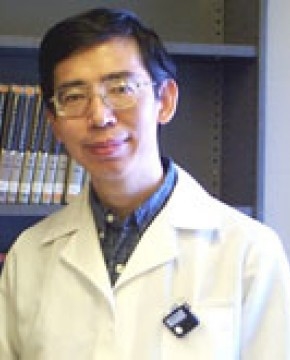
Zigang Dong M.D., Dr.P.H., Professor
(507) 437-5600 | dongx004@umn.edu
The major focus in the Cellular and Molecular Biology section is the molecular mechanisms of cancer development and the actions of chemopreventive agents in cancer prevention.
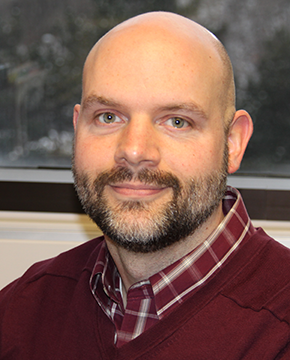
Aaron Goldstrohm, Associate Professor
(612) 626-7497 | agoldstr@umn.edu
Our goal is to discover the principles and mechanisms that control expression of genes, with the benefit to society that this knowledge will enhance our understanding of the causes of disease and advance therapeutic strategies to correct deleterious gene expression.

David C. LaPorte, Professor
(612) 625-4983 | DLaPorte@umn.edu
Every biological process is regulated by several different control mechanisms. Our research focuses on how the individual mechanisms work and how they are coordinated with each other. We are studying the regulation of the glyoxylate bypass in the bacterium Escherichia coli. We chose this organism because it can be manipulated with a variety of powerful genetic techniques.

Michel M. Sanders, Distinguished University Teaching Professor
(612) 624-9637 | sande001@umn.edu
Most eucaryotic genes are controlled by developmental, hormonal, tissue-specific, and/or nutritional cues. Insight into these complex regulatory events is fundamental to our understanding of the processes controlling cellular proliferation and oncogenesis, differentiation, and development. The long-term goal of the research in my laboratory focuses on investigating how estrogen and testosterone regulate gene expression, both physiologically and pathologically. To address this, we are investigating the structure and function of the estrogen- and testosterone-responsive ZEB-1 (delta EF1) transcription factor.
Paul G. Siliciano, Associate Professor, Director of Undergraduate Studies - Biochemistry
(612) 625-4928 | pauls@umn.edu
Virtually all genes in higher organisms are interrupted by regions of noncoding DNA called introns. These introns must be removed from messenger RNA precursors to allow proper gene expression. The process of pre-mRNA splicing is responsible for accurately identifying introns and catalyzing their excision. A fundamental challenge in modern molecular biology is to understand how the splicing apparatus specifically recognizes and removes introns. Because the splicing machinery is highly conserved throughout evolution, my laboratory approaches this question using the genetic and biochemical tools available uniquely in the yeast Saccharomyces cerevisiae.

Thu Truong | Assistant Professor
(612) 624-0232 | thtruong@umn.edu
My laboratory research is focused in the areas of cancer stem cells (CSCs), therapy resistance, steroid receptors (SRs), and cancer metabolism. Our research aims to define the molecular links between oncogenic signaling and altered metabolic events in breast cancer progression and metastasis that contribute to endocrine and chemotherapy resistance.
Metabolic & Systems Biology Division

David A. Bernlohr, Distinguished McKnight Professor and Head, Cargill Chair in Systems Biology of Human Metabolism
(612) 624-2712 | bernl001@umn.edu
A major research study in the laboratory focuses on the metabolic relationships between obesity and insulin action. Our laboratory specifically examines cytoplasmic fatty acid binding proteins and their role(s) in mediating fatty acid metabolism in adipocytes and macrophages, particularly leukotriene synthesis.
Yue Chen, Assistant Professor
(612) 626-3340 | yuechen@umn.edu
We have developed highly efficient mass-spectrometry based technology for system-wide identification and quantification of PTM sites and established the bioinformatics platform for understanding the functional relevance of the PTMs in protein structure and cellular physiology.

Peter Crawford, Professor
(612) 888-8888 | crawforp@umn.edu
We develop and deploy metabolomics technologies to reveal the roles of intermediary and lipid metabolism in integrated physiological homeostasis using both genetically engineered mice and human subjects.
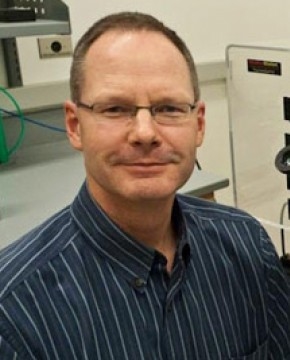
James M. Ervasti, Professor
(612) 626-6517 | jervasti@umn.edu
Our objective is to fully define the function of dystrophin in striated muscle to understand how its absence or abnormality leads to the pathologies observed in Duchenne and Becker muscular dystrophies. Our unique approach integrates biochemical and biophysical analyses of the very large dystrophin protein with in vivo assessments of its function in transgenic mouse models of muscular dystrophy.

Timothy J Griffin, Associate Professor; Director, Center for Mass Spectrometry and Proteomics
(612) 624-5249 | tgriffin@umn.edu
Work in our group involves the development and application of mass spectrometry-based tools to study proteins and proteomes. The goal of this work is to provide the necessary tools to enable the system-wide characterization of proteins expressed within a cell, tissue, biological fluid or organism, in order to better understand basic mechanisms of biological function and disease.
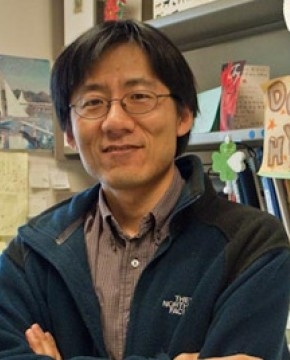
Do-Hyung Kim, Associate Professor
(612) 626-3418 | dhkim@umn.edu
We are interested in understanding the molecular networks that coordinate nutrient metabolism and cell growth. How cells assess nutrient- or energy states and relay this information into appropriate decisions on growth is poorly understood. Coordinate regulation of nutrient metabolism and cell growth is of fundamental importance, and many human diseases, such as cancer, diabetes, and developmental disorders, are affected by alterations in this process.

Douglas Mashek, Associate Professor
(612) 626-2904 | dmashek@umn.edu
Our laboratory is interested in characterizing the alterations in metabolism that define diseases such as fatty liver disease and Type 2 Diabetes. A a major emphasis is on lipid droplet biology and how lipid droplet proteins regulate metabolism and cell signaling. For more information, see our lab website.

Sharon E. Murphy, Professor
(612) 624-7633 | murph062@umn.edu
We study the metabolism of nicotine and nitrosamines. Nicotine is not a carcinogen, but nitrosamines are potent carcinogens and are believed to be causative agents for a number of human cancers. We are particularly interested in the tobacco specific nitrosamine, NNK. NNK requires cytochrome P450-catalyzed metabolism to exert its carcinogenic potential.

Laurie Parker, Associate Professor, Director of Graduate Studies BMBB Graduate Program
(612) 624-9066 | llparker@umn.edu
Our research program is broadly directed at assay development for post-translational modifications (PTMs), with a focus on protein phosphorylation by tyrosine kinases. Protein tyrosine kinases play key roles in disease and are particularly important in cancer: mutations in several protein tyrosine kinase genes have been identified as drivers of many tumor types and drugs targeted at inhibiting these enzymes represent ~20% (>$9 billion) of the current oncology market.
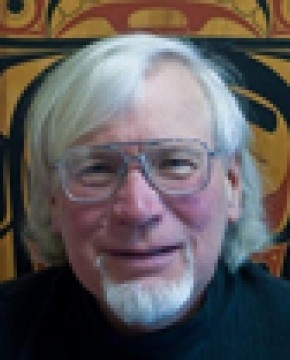
Robert J. Roon, Associate Professor
(612) 625-9479 | roonx001@umn.edu
Amino acid transport and amino acid neurotransmission in the mammalian brain.
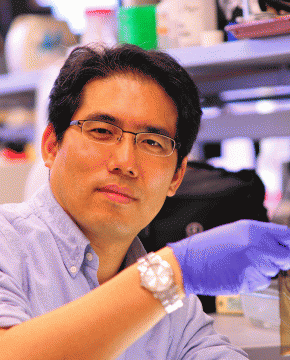
Jeongsik Yong, Assistant Professor
(612) 626-2420 | jyong@umn.edu
Current research topics:
- Function of RNA-binding proteins
- Non-coding RNAs
- Post-transcriptional gene regulation mechanisms
Chemical & Structural Biology Division
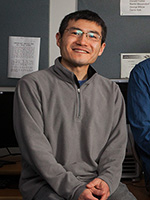
Hideki Aihara, Associate Professor
(612) 624-1491 | aihar001@umn.edu
We are studying various DNA rearrangement systems relevant to human health including resolution of a concatenated DNA-replication intermediate into linear chromosomes in Borrelia burgdorferi, the Lyme disease spirochete and retroviral integration reaction in which the integrase protein encoded by HIV-1 and related retroviruses inserts viral DNA into the host's genome.
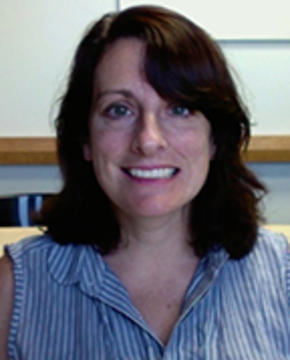
Wendy Gordon, Associate Professor
(612) 301-1196 | wgordon@umn.edu
Our lab is interested in how cell surface receptors convert signals from extracellular stimuli like mechanical force into a biological response, as dysregulation in a cell’s force-sensing ability can lead to disease. We use X-ray crystallography and other biophysical methods to ask what “mechanosensors” look like in order to understand the range of structures nature uses to sense forces of different magnitudes and in different contexts, and hopefully identify potentially novel therapeutic targets.

Susan Hafenstein, Associate Professor
hafen@umn.edu
Dr. Susan Hafenstein’s research focuses on understanding the structure and functions of viruses, specifically host-virus interactions that facilitate viral entry into cells. She is an expert in cryoEM, utilizing local reconstruction approaches to solve atomic resolution maps of viruses like HPV, murine papillomavirus, polyomavirus and Zika virus.

Michael Latham, Associate Professor
(612) 301-9691 | latha070@umn.edu
Our research program focuses on understanding the interplay of protein structure, dynamics, and function, particularly in large macromolecular assemblies. To accomplish our goals, we utilize sophisticated solution-state NMR spectroscopy techniques, which allow us to probe changes in protein structure and dynamics that occur as part of the functional cycle of the complex. We couple this information with biochemical activity assays and in cell experiments, which report on function. Together, these data will provide a framework for understanding how changes in structure and dynamics of a protein complex choreograph complex functions.
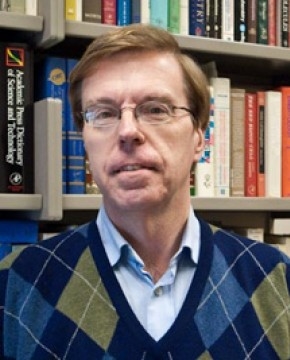
Kevin H. Mayo, Professor
(612) 625-9968 | mayox001@umn.edu
My research in structural biology is aimed at understanding cell adhesion at the molecular level where protein-protein and protein-carbohydrate interactions ae critical. Biomolecular conformations and interactions are analyzed primarily by using high resolution NMR spectroscopy, circular dichrosim spectropolarimetry and computer modeling.

Luiza Mendonça, Assistant Professor
(612) 626-1873 | luiza@umn.edu
The Mendonça Lab uses integrative imaging approaches (cryoEM/ET, cryoFIB/SEM, CLEM) to investigate cellular pathways exploited by RNA viruses and identify novel molecular targets for therapeutic interventions. Our research has the potential to reveal molecular weak links to be exploited to fight viral diseases such as AIDS and COVID-19.
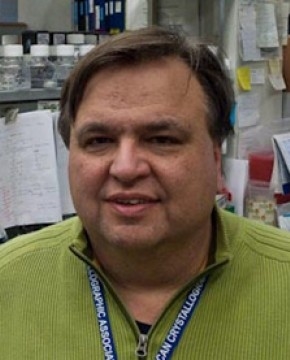
Douglas H. Ohlendorf, Professor, Associate Head of Education
(612) 624-8436 | ohlen001@umn.edu
My lab is interested in the structural foundations for biological function. Just as a picture is worth a thousand words, we believe a structure is worth a thousand pictures. Hypotheses suggested by the structures are tested through mutagenesis followed by biophysical characterization of mutants.

David D. Thomas, Professor & Director, Minnesota Muscle Training Program
(612) 625-0957 | ddt@umn.edu
Our goal is to understand the fundamental molecular motions and interactions that are responsible for cellular movement, to determine the molecular bases of muscle disorders, and to devise novel therapies based on these discoveries. We approach this multidisciplinary problem with a wide range of techniques -- physiology, enzyme kinetics, molecular genetics, peptide synthesis, computer simulation -- but our forte is site-directed spectroscopic probes.
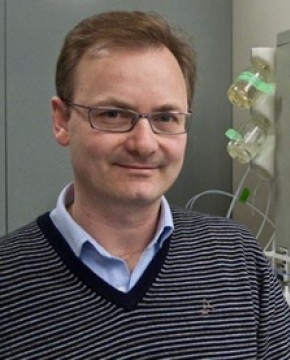
Gianluigi Veglia, Professor
(612) 625-0758 | vegli001@umn.edu
The overall goal of my group is to study the structure and dynamics of membrane embedded enzymes. We use a multidisciplinary approach, which includes molecular biology, multidimensional solution and solid-state NMR spectroscopy, and molecular modeling.